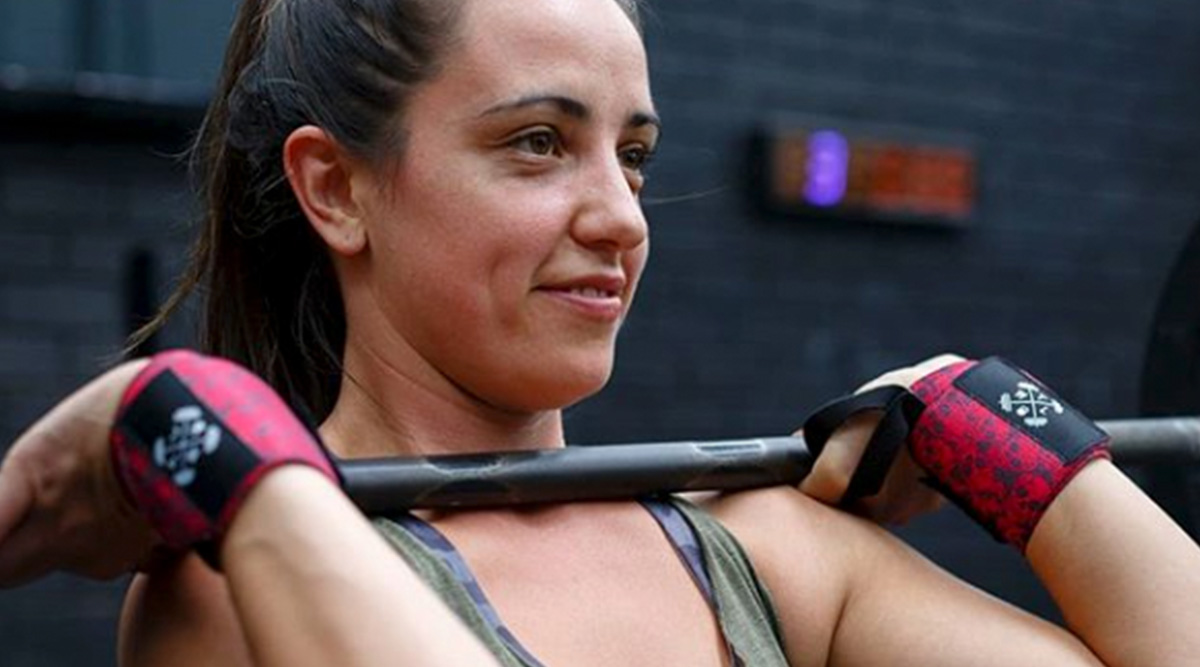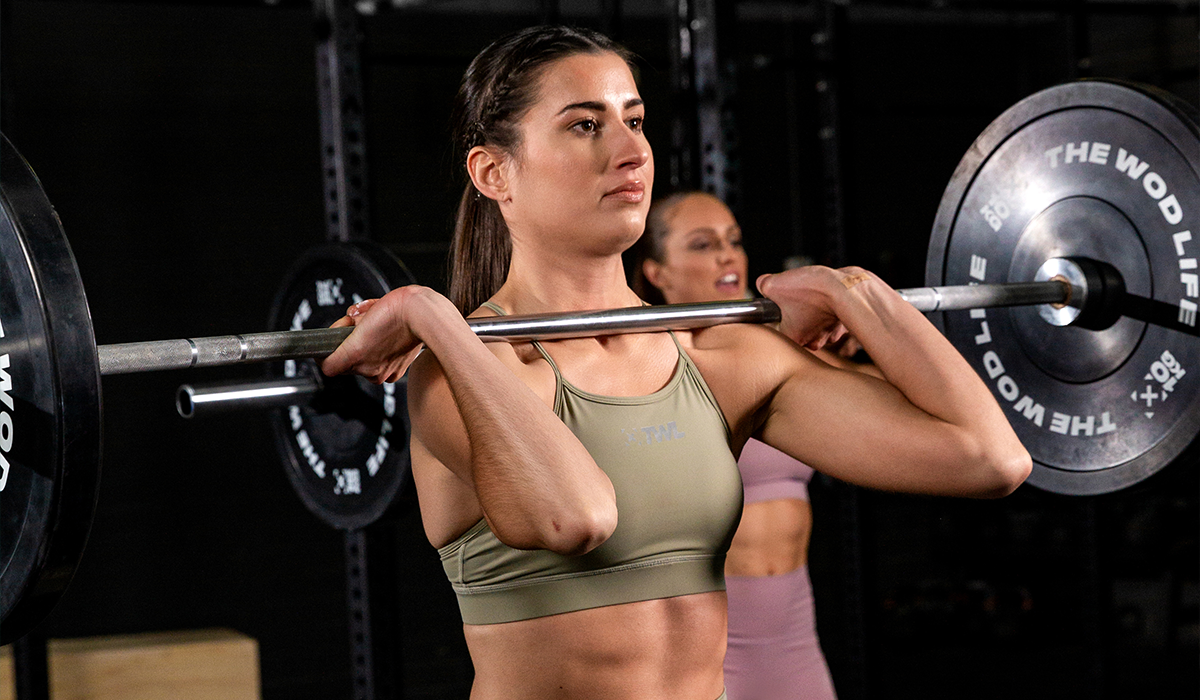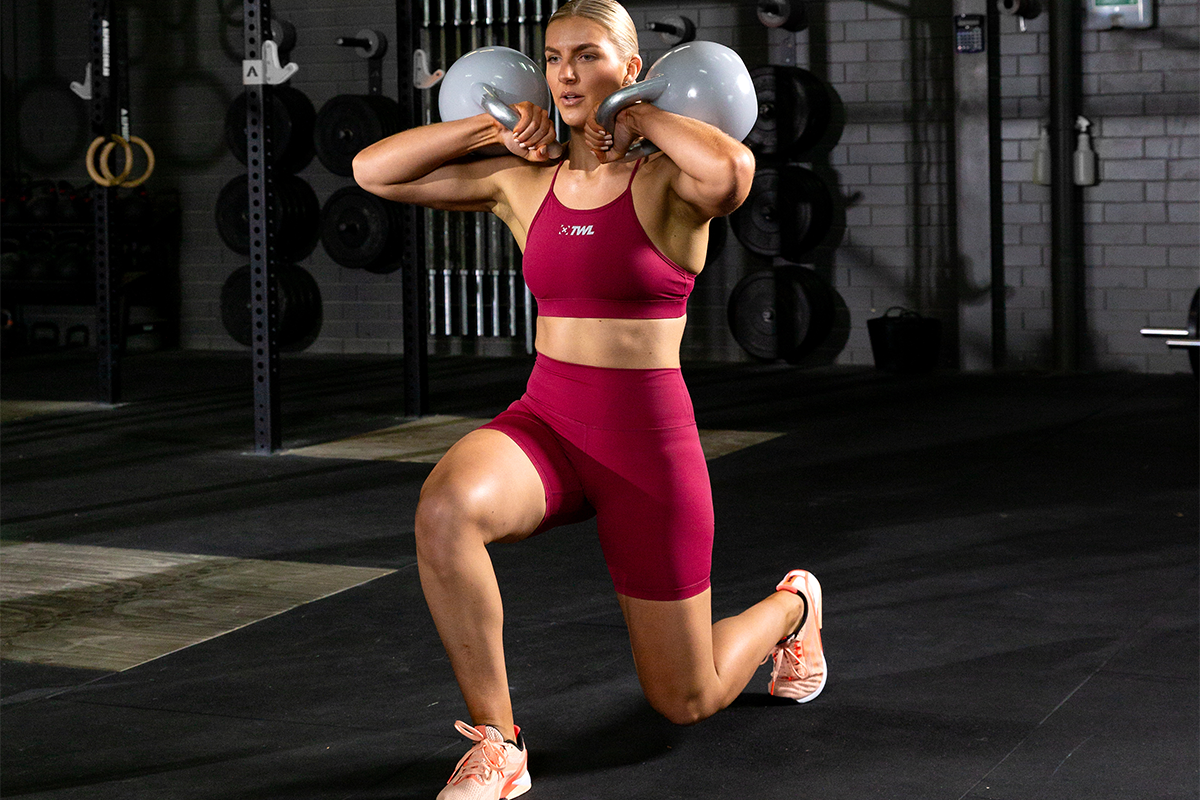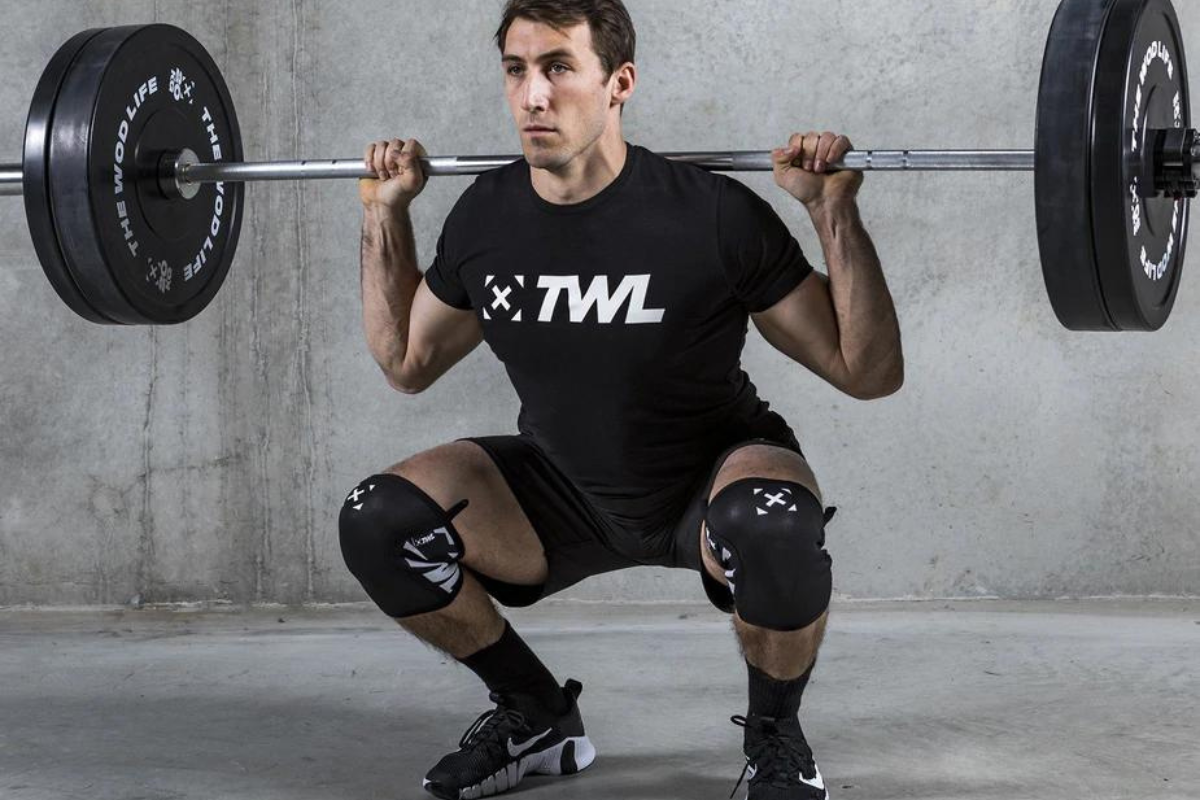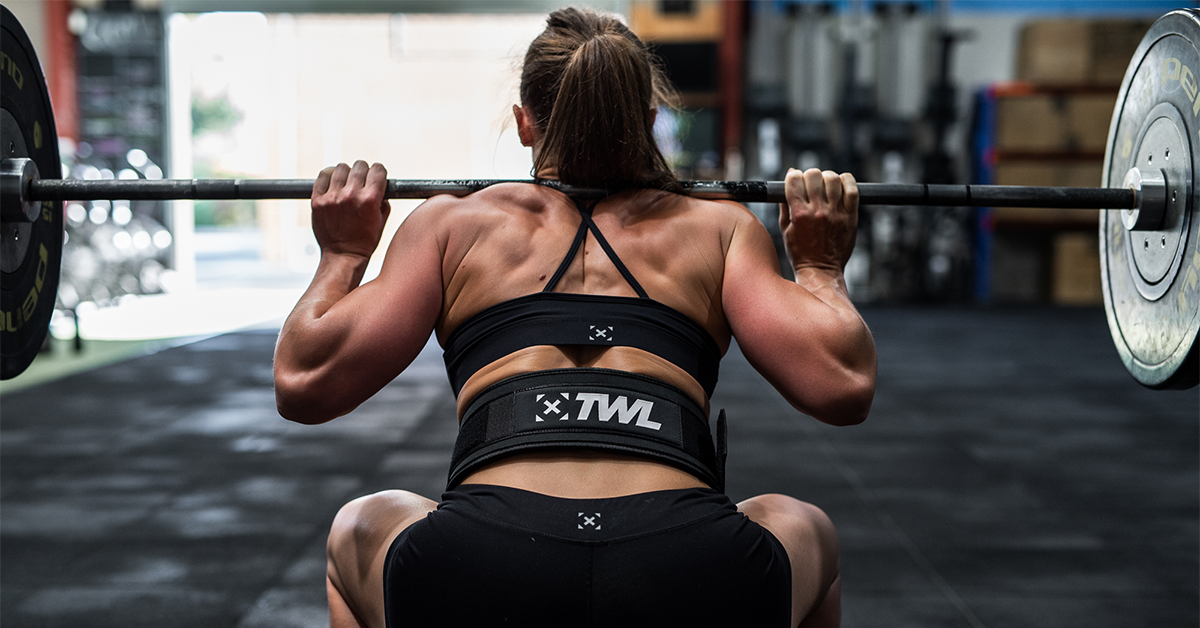Squatting is essential to maintaining functional independence, improving overall fitness, and increasing athletic performance. Are you putting in the work and not seeing the results?
The importance of leg and hip strength in functional fitness is indisputable. Strong back, front, and overhead squats are some of the most valuable resources to developing a well-rounded wrecking ball of a body, oozing fitness, and capability to demolish the field. You know this, you see it in practice, and you recognize you need it. So you push hard whenever your legs are required in a WOD or are programming additional sessions to help elevate your game.
But are you reaping the rewards you sow? Here are five possible reasons your squat numbers aren’t going up.
5 Reasons Why Your Squat Numbers Aren’t Improving
1. You Are Not Squatting With Good Technique
Squatting is defined by the CrossFit Level 1 training guide as standing from a seated position. Sounds simple, right? It is something anyone who has been to a box, gym, or fitness class or participated in most sports has been exposed to some degree. However, oftentimes, as soon as someone is able to hit depth, the mechanics of the squat are given a back seat to piling on load or reps.
Performed correctly, the squat is a whole-body movement that places stress across the whole central nervous system and a variety of upper and lower body muscles. Get back to basics, take off the load, and have your box or personal coach work over your movement patterns.
2. You Are Overtraining 1RMs (Or You Are Not Squatting Heavy Enough)
Driving out of a heavy squat is one of the most satisfying feelings in fitness. You feel like a boss and look like one too. However, dedicating too much training time to hitting new 1RMs will quickly lead to a plateau, burnout, and troubles at lower rep ranges.
Equally, sitting in your comfort zone and not progressively increasing your loading will lead to meager strength gains. Significant effort should be attributed to training at 70% to 95% of your 1RMs, working at low-mid rep ranges and incorporating interval work. Cycling your 1RM testing may only be necessary every 12 or more weeks.
3. You Are Not Squatting Enough (Or You Are Squatting Too Much)
The best way to grow strength and capacity in your legs is to squat. Often. Regularly. Consistently. Repeatedly. Your lower body can take a hell of a battering and still perform. Having said this, avoid back-to-back heavy leg sessions and ensure you are adequately de-loading at the end of your cycles.
4. You Are Not Incorporating Complementary Work
Want a bigger squat? Then squat. Nothing can beat this. Complementing your squat work, however, will speed up your rate of development. Unilateral movements such as Bulgarian split squats will help overcome any bias you may have toward one side of your body. Additionally, midline development and stability will assist in keeping optimal movement patterns. Isolation movements such as hamstring curls will also promote muscle size, which means larger tools to work with.
5. Your Diet Is Not on Point
You have heard the saying, “Eat big to get big.” Your leg muscles are some of the biggest in your body and as such require regular feeding, particularly when you are asking them to perform three or more times a week at close to their maximal output. Consider counting your macros and putting into place a strong eating regime that gives your legs enough fuel to fire and grow.
Have your squats plateaued? We can help! Check out our squat program — gains are around the corner.

